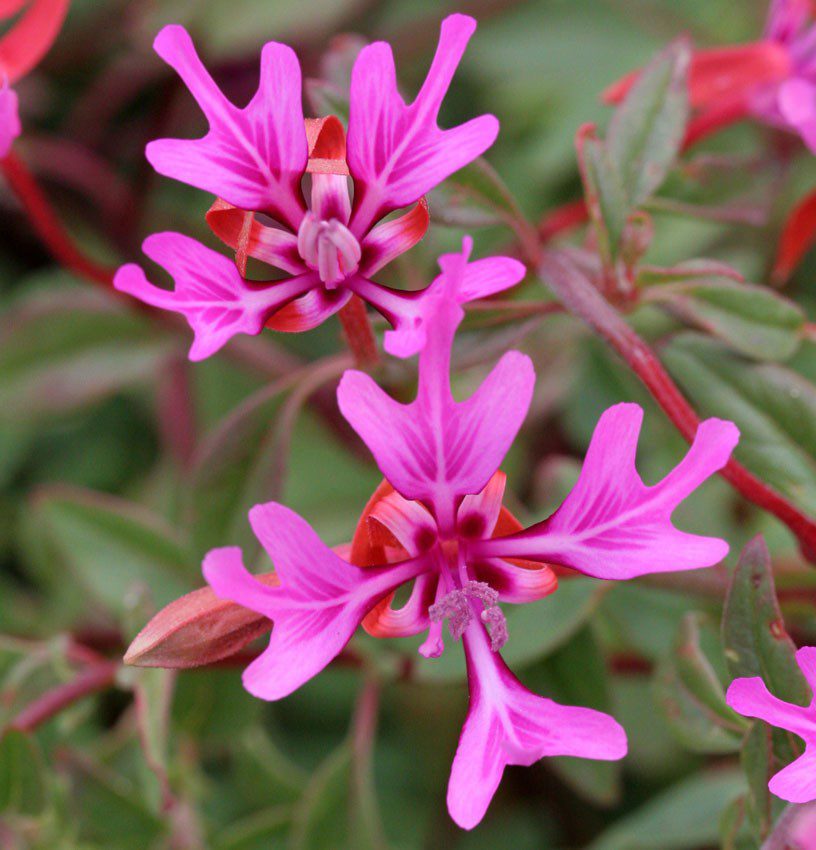These Extraordinary Flowers Show Us How Weird Can Be Beautiful
By Nancy Molina
Life is a little weird right now, isn’t it? Nature has pressed the reset button on our priorities and perspectives. So we thought we would gather some of the flowers that teach us the lesson that even in the weirdness, there is beauty.
When we started this series, we did it on a whim. But it turned out that our audience really enjoyed the beautiful photography that we gathered from around the world as well as the histories of these extraordinary flowers.
Simultaneously, these flowers were also a door to see how nature has a sense of humor. These flowers are designed to stretch our imaginations and see nature in new ways, observe connections and appreciate the surprising gifts that come from paying attention to detail.
We plan on having this as a continuous series because there are many more flowers to share with you. But for now, enjoy the first part of our “Weird Can Be Beautiful” series.
Our first one is called a Ballerina Orchid. The scientific name for this Australian based flower is Caladenia Melanema. Doesn’t this flower look like a twirling ballerina?
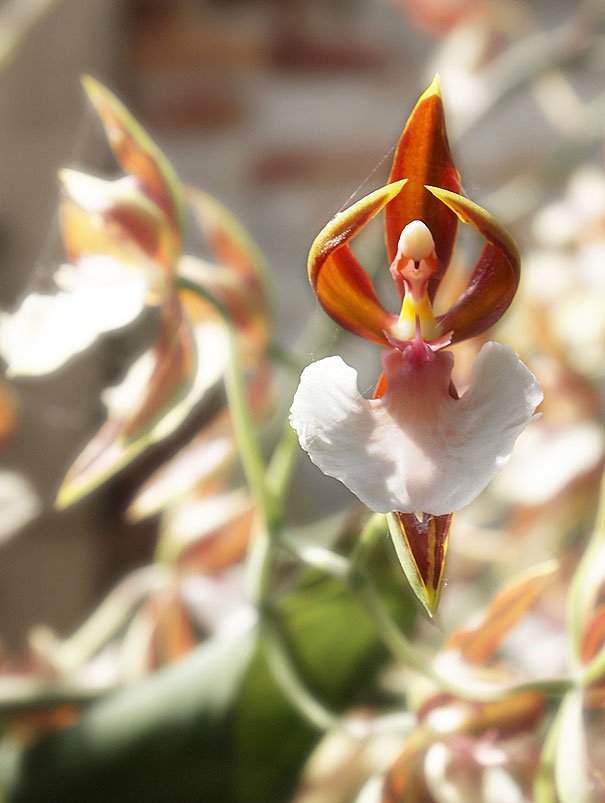
Another flower that makes us dance for joy is this one. This one is called “Tiny Dancing Girls.” Well, actually its scientific name is Impatiens Bequaertii. It is found in the rain forests of East Africa. Its branches have a dark red color and the leaves have a heart-shaped appearance.
Recommended: Vogue Puts a Single Rose on Its June Cover as a Symbol of Hope
Maybe when observing it, put on Elton John’s great song, “Tiny Dancer.” It’s one of our favorites.
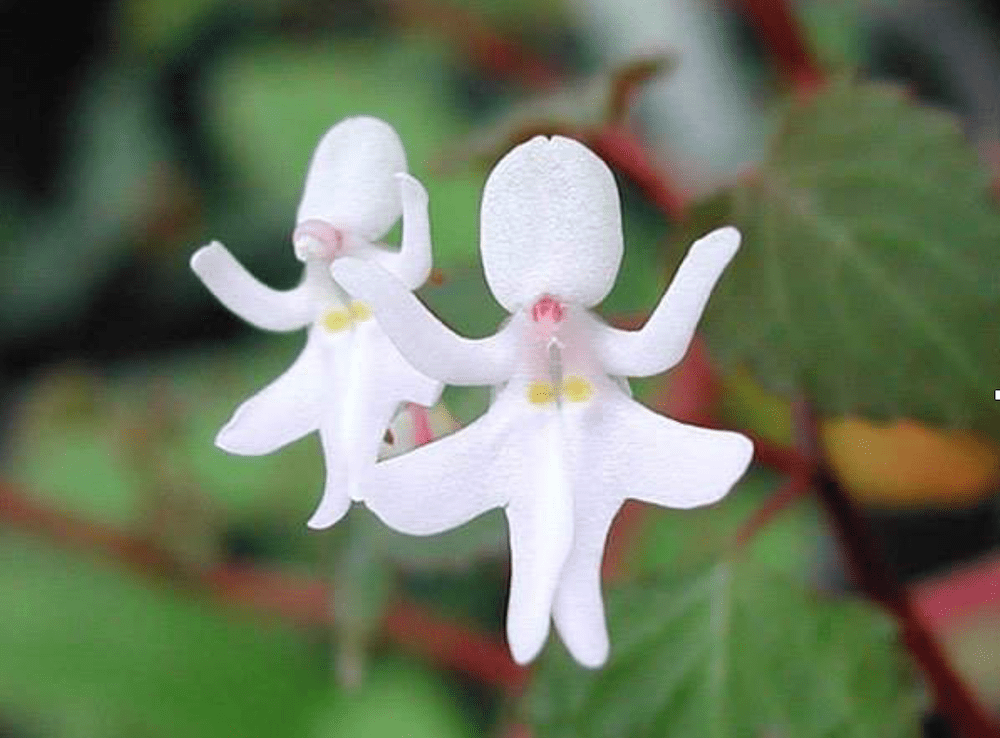
When looking at this Impatiens Bequaertii, you can’t help but marvel at what nature does around us. However, there is a lovely metaphor of what is going on right now captured in this lovely photo.
Recommended: Check Out These Floral Foodie Creations That Taste Good Too!
This flower is very small, only about a half-inch in length. So, therefore, let us try to find the small pleasures around us. Because it exists just like our Impatiens Bequaretii.
Another flower that looks like dancers comes from Costa Rica. Part of the orchid family, we liked its bright magenta colors.
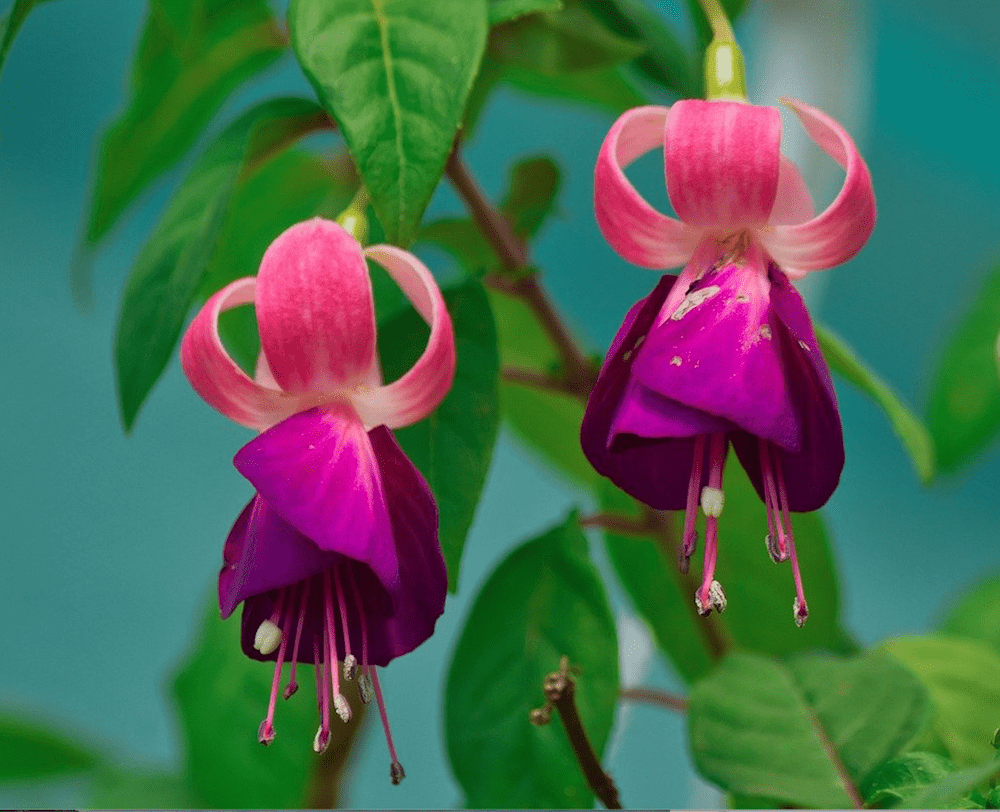
Let’s find time to listen to the birds.
Even if it’s inspired by this flower. This is a white egret orchid whose scientific name is Habenaria radiata. The flower is found in Russia, China, Japan and Korea.
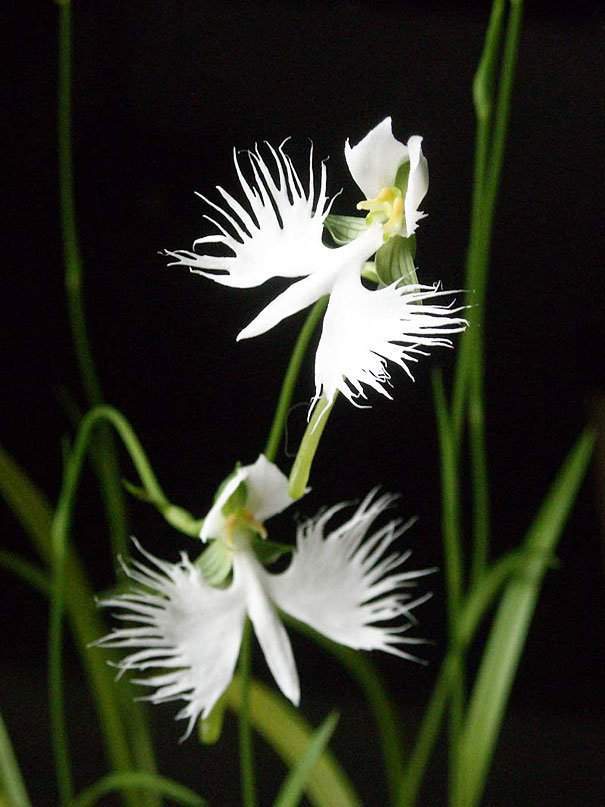
This other flower also looks like a bird. Though in a different color. This flower is called a Parrot Flower. Its scientific name is Impatience Psittacine.
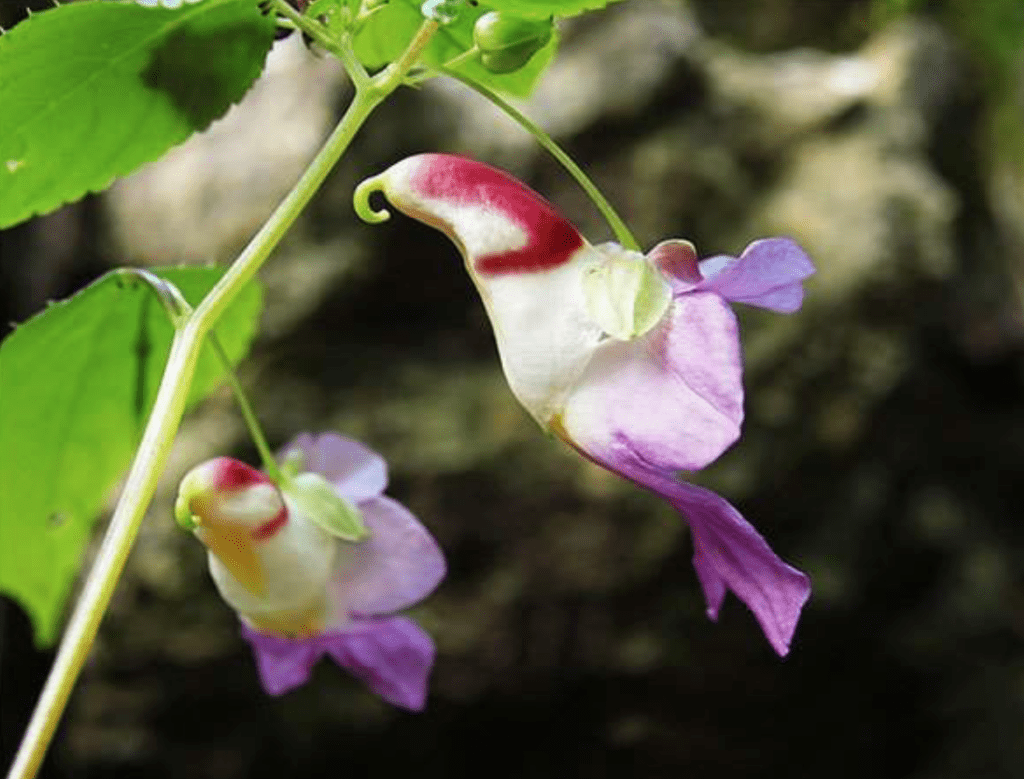
It is a very rare impatiens species discovered in the Shan States of Upper Burma by Arthur Hedding Hildebrand, a British official. Seeds of it were presented to the Royal Gardens (@Kewgardens) in 1899 and it flowered in 1900.
Botanist Joseph Dalton Hooker noted that this rare flower resembled a “flying cockatoo.” It is mainly found in Burma and Thailand and parts of India.
What bird does it remind you of? Nature is full of beautiful surprises if you look for it.
The following photograph is called the Flying Duck Orchid. Its scientific name is ”caleana major.”
This bright colored flower is a native of Australia and the bright violet color is attractive to pollinators. Believe it or not, this one was one of the most popular of the series.

In the same color category was this picture created by Academy-Award winner Joel Grey of “Cabaret” fame.
Turns out that actor Joel Grey loves photographing flowers. He uses his iPhone to capture these images. Now Staley-Wise galleries are showcasing some of his work on their on-line ”In Bloom” series.
Purple has always been the color of royalty. No wonder he named it, “The Queen.”
Grey is a flower lover like us. In fact, he is the author of “Flower Whisperer.” “It’s always just about what I see in a particular flower that I haven’t noticed before,” he said to Elle Decor. “I’m very big on looking inside. Look at this!” Well, we are saying the same thing. Look at how nature offers surprises and pleasures.
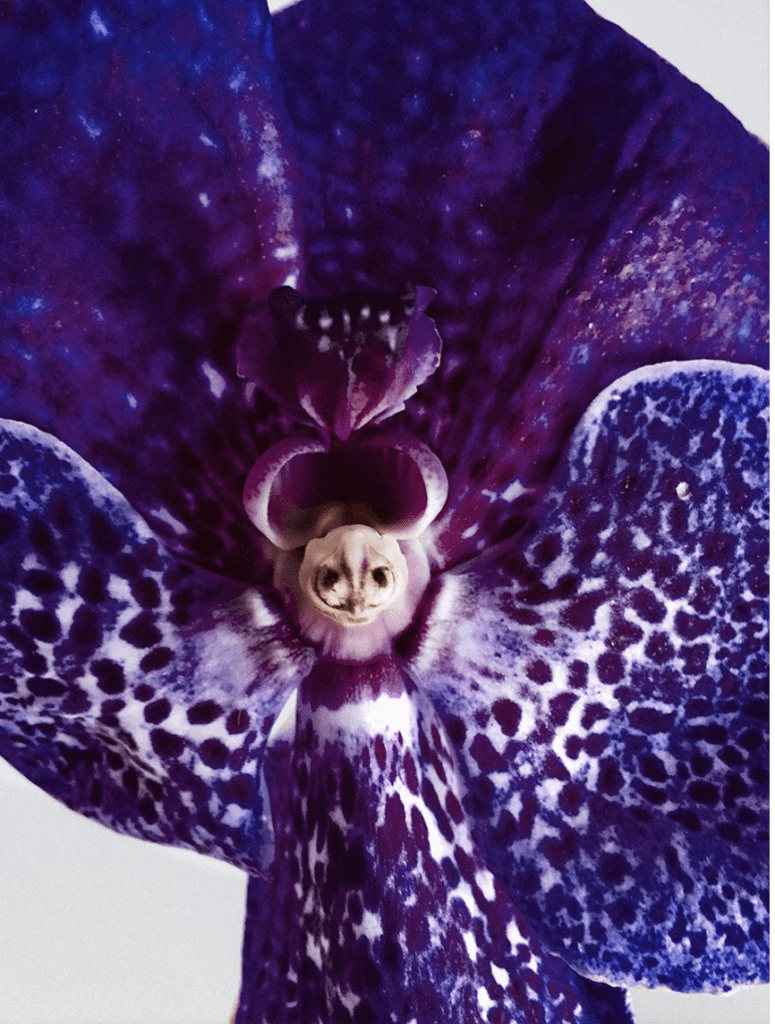
Speaking of movies, check out this flower. It reminds us of “Darth Vader” from “Star Wars” fame.
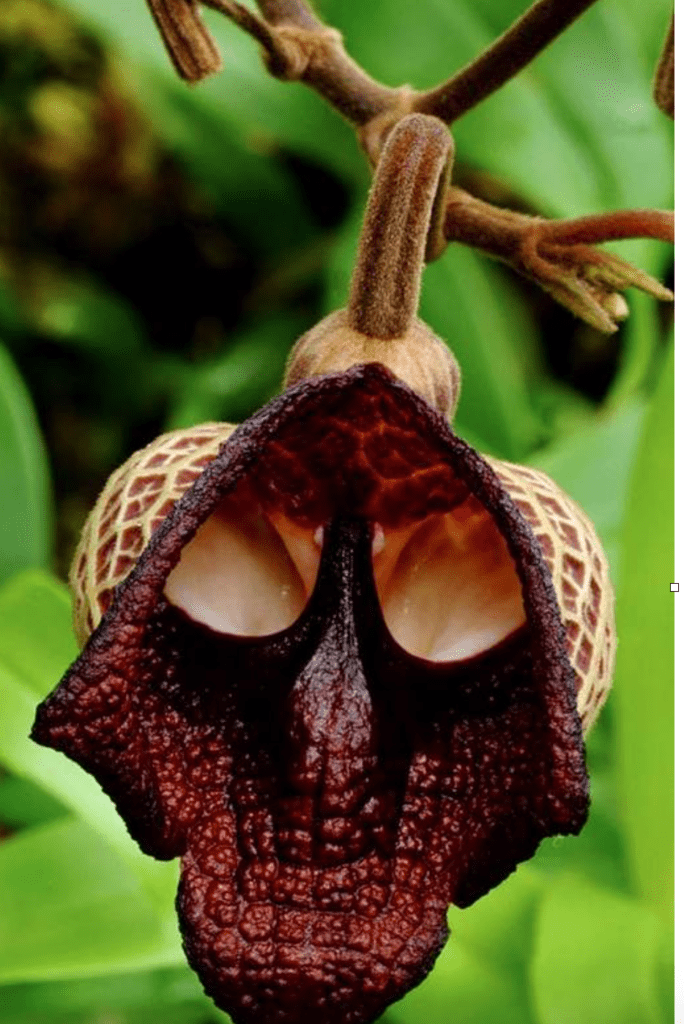
It’s actually a jewel orchid whose scientific name is “Aristolochia salvadorensis.” We are thinking of masks right now. But the ones that are good for you – including floral ones.

Are you like the rest of America and obsessed with the Tiger King series? Well, check out this orchid. It’s called the Tiger Orchid. Look inside and you can see a tiger. See it? But this one is tamed and allowed to thrive in its natural habitat. What do you think Joe Exotic or Carla would think of this?
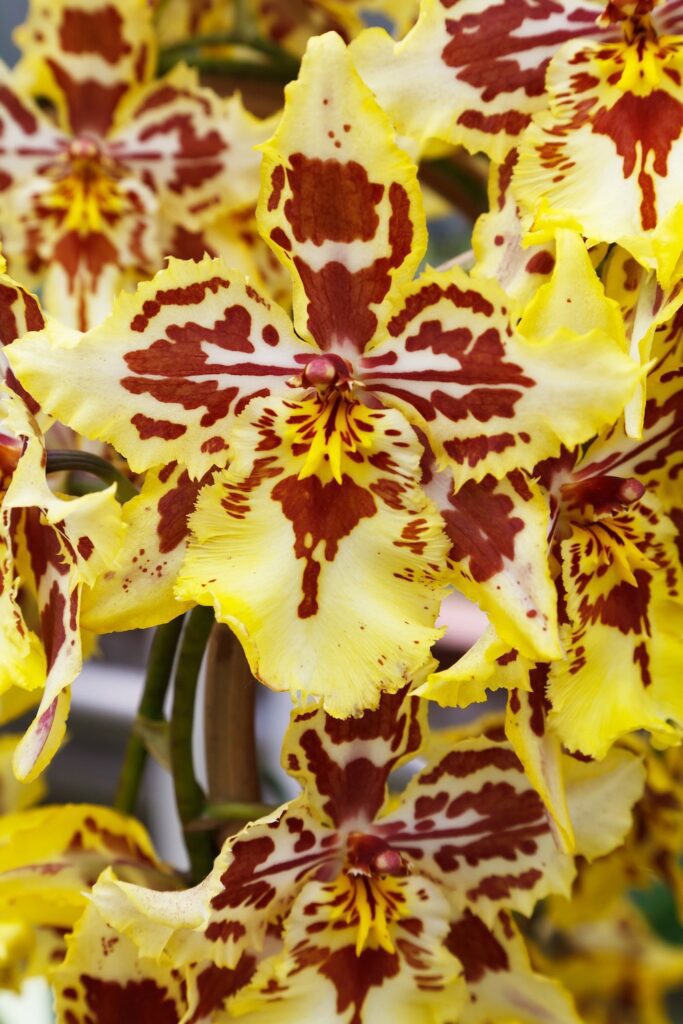
The following flower is good enough to eat.
It’s called the Ice Cream Tulip. Its scientific name is Tulipa ice cream.
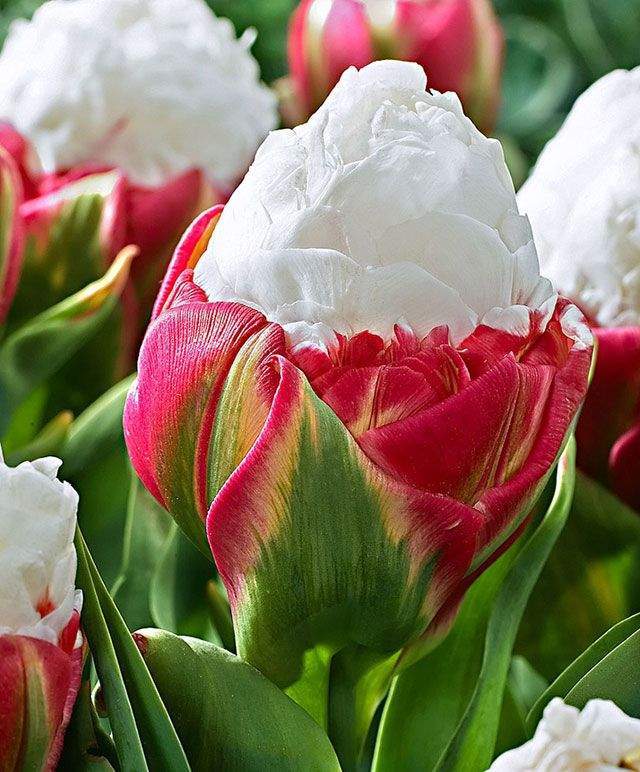
Last but not least, this flower is called Clarkia.
We like it because it was discovered by Lewis & Clark – thus Clark-ia – in 1804 and since then has been turned into several frothy varieties including the fluffy Aurora “Farewell to Spring,” the Salmon Princess, the spidery single cochina pink ribbons and the late, double rubicunda.
Clarkia can grow as tall as three feet.
In 1804 President Thomas Jefferson tasked Meriwether Lewis with exploring lands west of the Mississippi River that comprised the Louisiana Purchase. Lewis chose William Clark as his co-leader for the mission.
Despite many hardships – harsh weather, treacherous waters, injuries, starvation, disease – they persevered and eventually expanded a huge part of uncharted areas in the United States.
We are in uncharted waters now but are confident that we will persevere too. So think of the Clarkia – as well as the great heroes of our past – Lewis&Clark.
